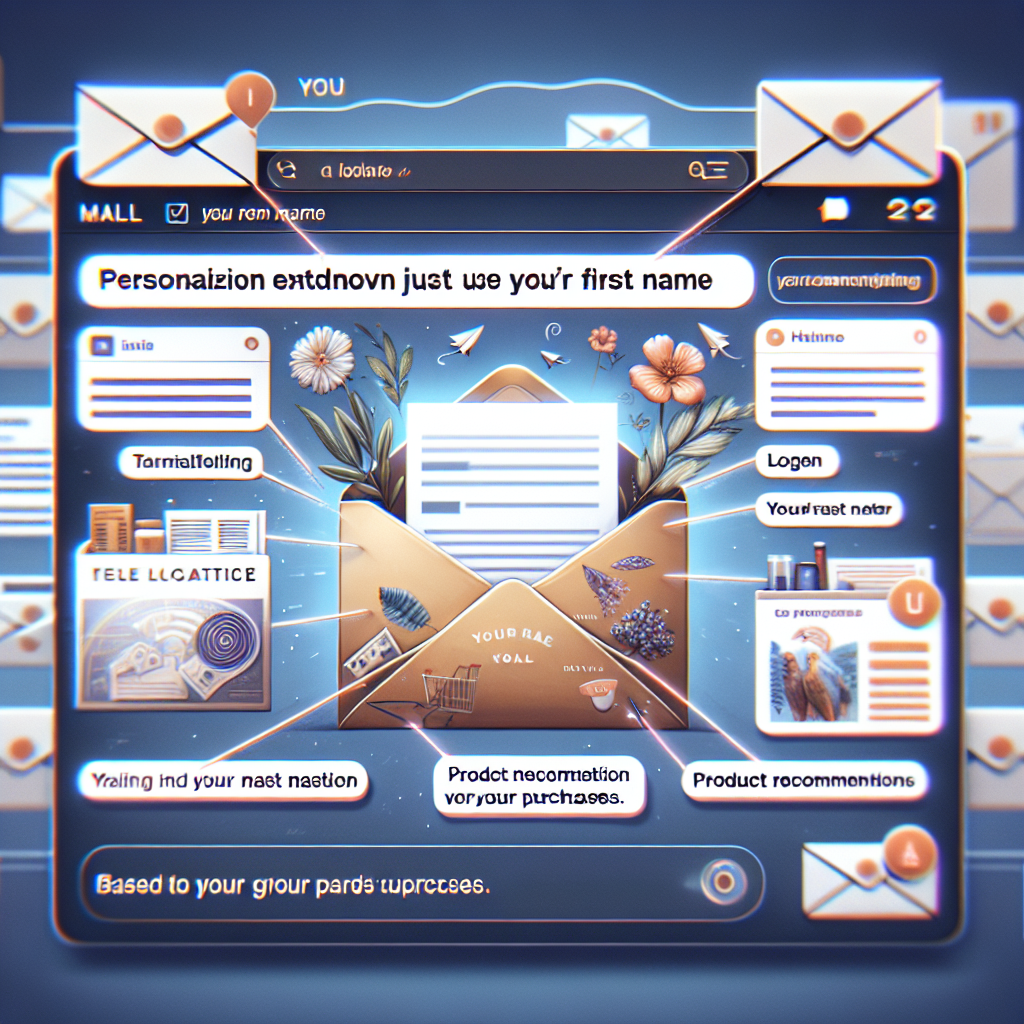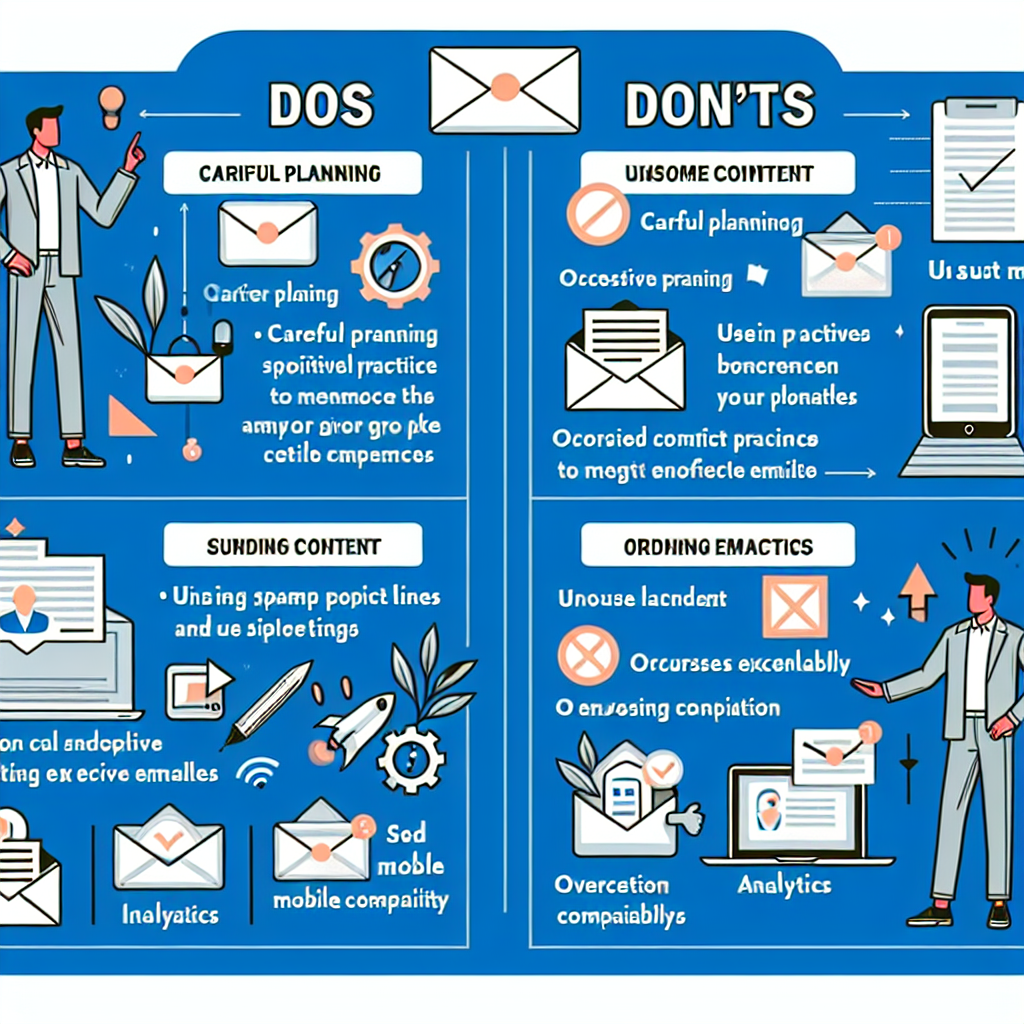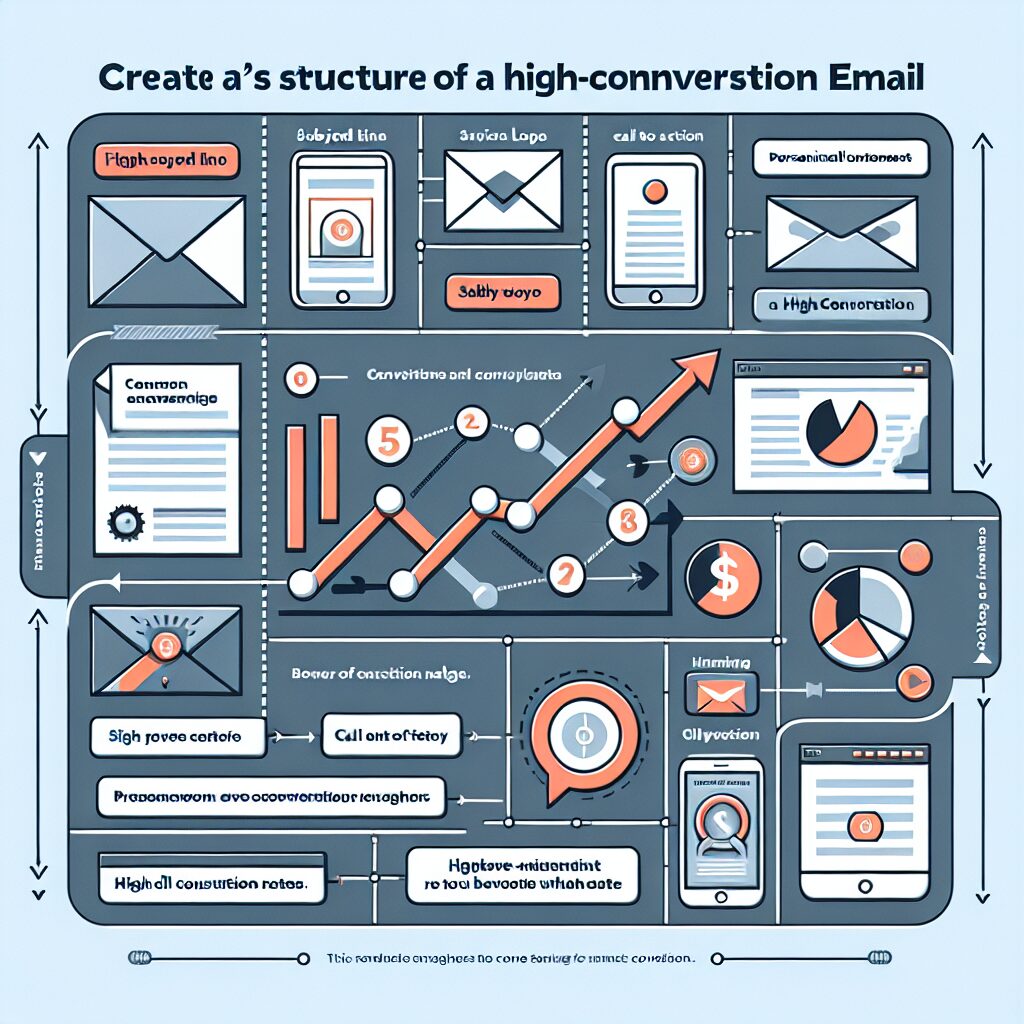
The Power of Segmentation in Email Marketing
Email marketing has become an essential tool for businesses to connect with their customers. With the rise of personalization, marketers have realized that simply addressing recipients by their first name is no longer enough. In order to truly engage with their audience, they need to go beyond the first name and delve into the power of segmentation.
Segmentation is the process of dividing your email list into smaller, more targeted groups based on specific criteria. This allows you to tailor your messages to each segment, ensuring that you are delivering content that is relevant and valuable to your subscribers. By doing so, you can increase open rates, click-through rates, and ultimately, conversions.
One of the most common ways to segment your email list is by demographics. This includes factors such as age, gender, location, and occupation. By understanding the characteristics of your audience, you can create content that resonates with them on a deeper level. For example, if you are a clothing retailer, you can send different emails to men and women, showcasing products that are more likely to appeal to each gender.
Another effective way to segment your email list is by behavior. This involves tracking how your subscribers interact with your emails and website. By analyzing this data, you can identify patterns and preferences, allowing you to send targeted messages based on their actions. For instance, if a subscriber frequently clicks on links related to a specific product category, you can send them personalized recommendations or exclusive offers in that category.
Segmentation can also be based on purchase history. By dividing your subscribers into groups based on their past purchases, you can send them emails that promote related products or offer discounts on items they have previously shown interest in. This not only increases the chances of repeat purchases but also shows your customers that you value their loyalty and understand their preferences.
In addition to demographics, behavior, and purchase history, you can also segment your email list based on engagement. This involves categorizing subscribers based on how frequently they open your emails, click on links, or make purchases. By identifying your most engaged subscribers, you can send them special rewards or exclusive content to further nurture the relationship and encourage continued engagement.
Segmentation is not a one-time task; it requires ongoing analysis and adjustment. As your business grows and your audience evolves, you need to regularly review and update your segments to ensure they remain relevant. By staying up to date with your subscribers’ preferences and behaviors, you can continue to deliver personalized content that keeps them engaged and loyal.
In conclusion, personalization in email marketing goes beyond simply addressing recipients by their first name. The power of segmentation allows you to divide your email list into smaller, more targeted groups based on demographics, behavior, purchase history, and engagement. By tailoring your messages to each segment, you can deliver content that is relevant and valuable to your subscribers, ultimately increasing open rates, click-through rates, and conversions. So, take the time to analyze your audience and start harnessing the power of segmentation in your email marketing strategy today.

